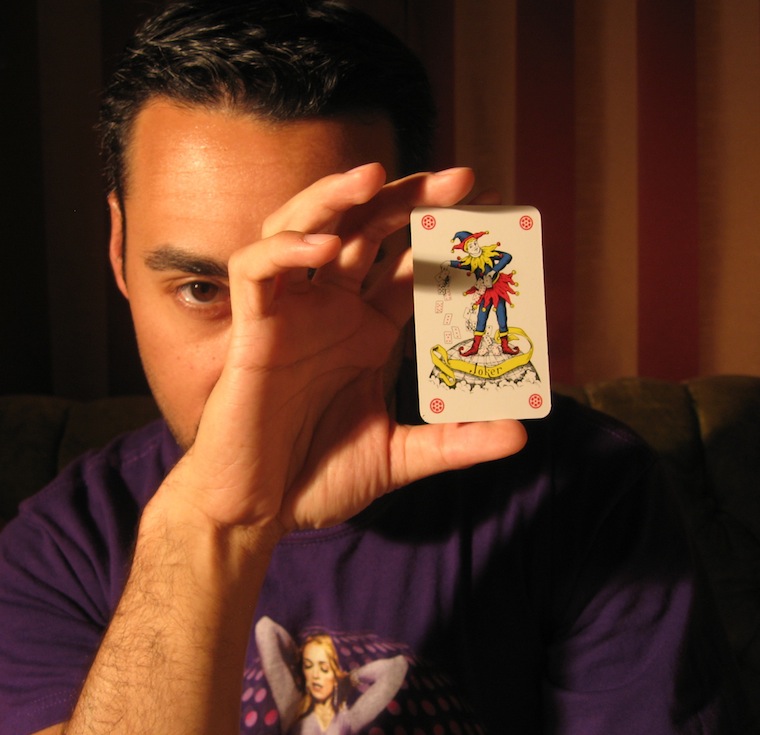“Virtually all cultures have stories involving the Trickster, most notably connected with the related ideas of creation, boundaries, and change…
Since synchronicities abound at times of transition, we can also expect to find the Trickster present at such times, giving with one hand while he might take away with the other, but he will certainly play a few tricks in the process.” ~ Robin Robertson
Of all the mythological characters, it is the Trickster who is most associated with chance and synchronicity, who is the bearer of good or ill fortune, who stirs the sands of fate and melds together glad and unhappy chance in patterns guessed only in the gleam of his eye. ~ Allan Combs & Mark Holland
But the Trickster is nothing if not paradoxical, and so he is also the joker, as selfish and unreliable as they come. His faults are ridiculously evident:
Sometimes he made mistakes, and although he was wise and powerful, he did many foolish things. He was too fond of playing tricks for his own amusement. He was also selfish, boastful, and vain.
~ Allan Combs & Mark Holland
Back to BlogThe world of modern mechanistic science is a world bounded by the rigid constraints of causality. It is the Trickster’s predilection to cross such boundaries, bringing the unexpected to the commonplace. His gift of synchronicity, however, seems dark, sinister, and threatening to that world, because it appears to be an intrusion from an alien landscape, a world that mechanistic science cannot enter. Synchronicity plays the devil with the myth of causality. The expressions of the Trickster, who returns to us the life that our boundary-making tries to exclude, raises a satanic specter in the eyes of science. Its qualities are the most offensive: it cannot be objectively tested, and it makes itself unavailable for prediction and control. Synchronicity represents a hostile other because it is acausal, and as such blasphemes against the mythos of the causality principle. ~ Allan Combs & Mark Holland









